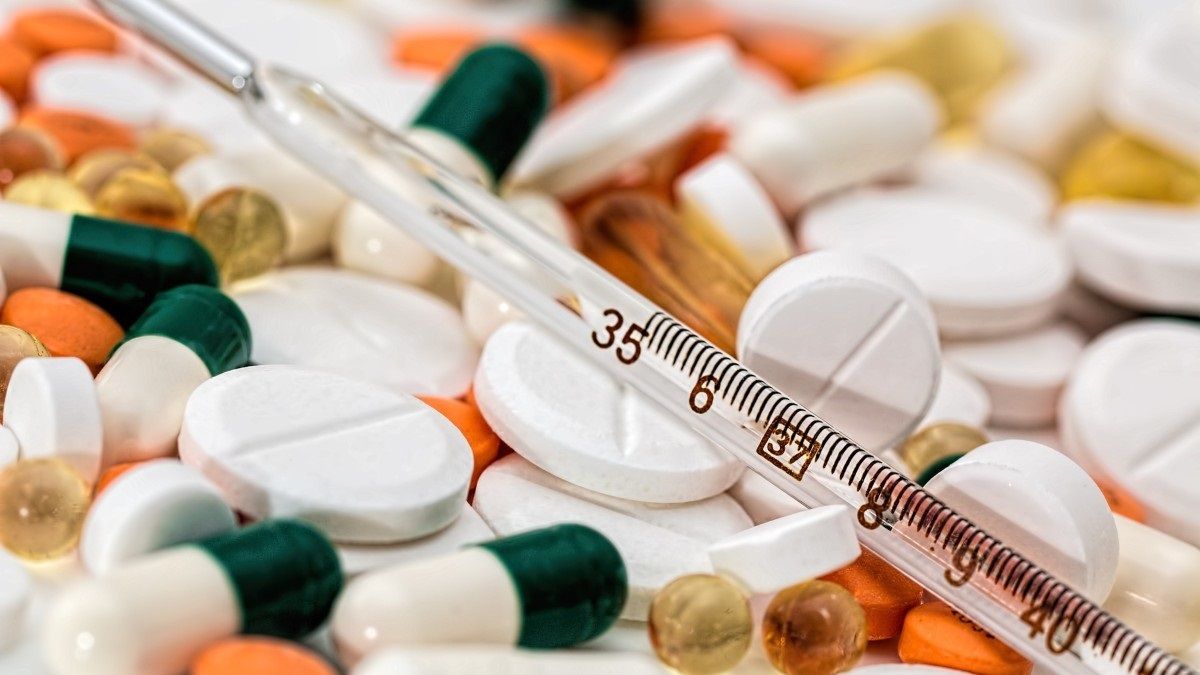In Decemberthere was a growth of 40.9% in the prices of medicines sold to the public (RPP), and these prices continued to be adjusted in January (13.6%) and February (15%)values above the monthly inflation of 13.2%.
Those most affected: retirees
The sector that has the most impact on the pocketbook is the retiredThis is what emerges from a report from the Center for Political Economy (CEPA), which highlights that, within the general increase of 15% in February in the basket of medicines, the increase of 24% on average of the ten that increased the most.
Above average, monthly increases of up to 49% are perceived: “This disproportionate increase is part of a general context of deregulation and price increases during December, which has a direct impact on the fall in the purchasing power of the income received by older people, mostly through retirements and pensions.
Taking into account that older people They consume an average of five medications per monththe increasing proportion of spending on medication is notable,” the report details.
At par, The Government decided to freeze the bonus of 55,000 pesos for retirees who earn less than 160,712.61 pesos in January and February, and increase it to 70,000 pesos in March.
The evolution of drug prices
Between 2019 and 2023, increases in the retail prices of the medications most consumed by older people will increase. kept below inflation: in it 2020inflation was 36.1% while medicines increased their price by 34.6%.
In 2021the prices of the economy as a whole moved with an inflation of 50.9%while the variation in the public sale price of medicines was 42.9%.
Finally, in 2022 The overall price increase was 94.8%while in the specific case of medications it was 82.8%.
Between January and October 2023the prices of the most consumed medications maintained the trend of increases below inflation (they rose 112% between January and October compared to an inflation of 120 percent in the period), “which is largely explained by the agreements of prices achieved with the pharmaceutical industry during this period,” says CEPA.
On the other hand, when observing the behavior of prices in the months of November and December 2023a period that coincides with the electoral outcome in favor of Javier Milei, a radical change with respect to this trend.
Inflation escalated to 41.6% and the retail prices of the medications most consumed by the elderly surpassed it: they rose by 77.2%.
Only in the last month of 2023, the medications most consumed by older people increased on average by 40.9%; even with some medications well above the average such as Optamox Duo (broad-spectrum antibiotic) which reached a 184% increase; Trastocir (drug prescribed for vascular disorders) 161%, and Montpellier T4 (used in thyroid ailments) and Clonagin (prescribed as an anxiolytic) registered 155%.
The role of PAMI in sales
The PAMI social work has coverage that reaches more than 5 million people, of which More than 90% are 60 years old or older.
In March 2020, PAMI implemented a fundamental measure for the elderly population: a new formulary of free essential medicines, that is, a free medication list with the aim of guaranteeing adequate treatment of the most common pathologies in older people.
In 2023, prices with PAMI coverage of the medications most consumed by older people reached 164.9% (well below the year’s inflation of 211%).
This data is very relevant if one takes into account that, for this year, retail prices exceeded the inflation index, reaching a 276% increase. Now, PAMI is discussing with medicinal laboratories how drug coverage will continue.
Source: Ambito




